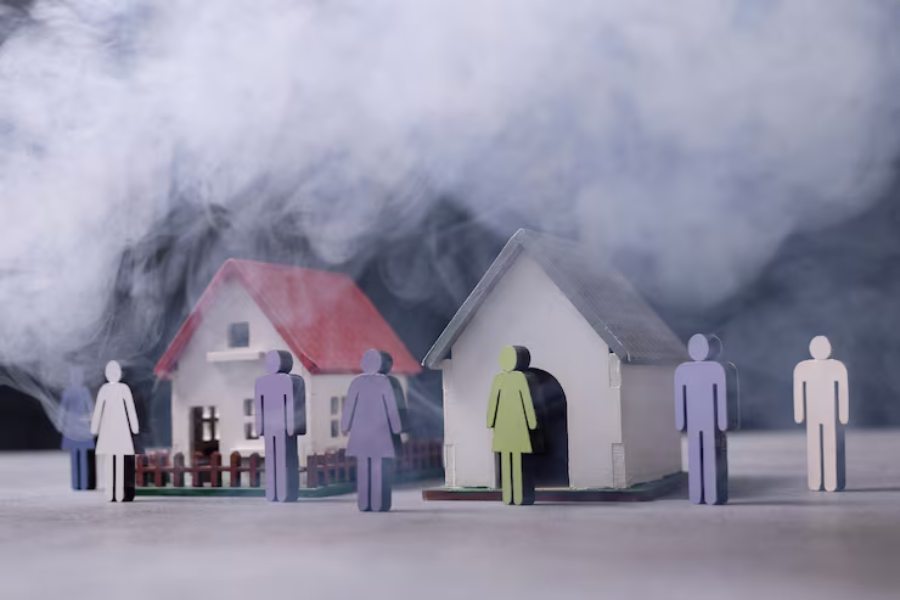Large commercial trucks weigh thousands of pounds, and their braking systems are designed to handle tremendous force. When those brakes fail, the results can be devastating, often leading to catastrophic crashes, severe injuries, and widespread damage.
Victims of these accidents face not only medical recovery but also complex questions of liability involving drivers, trucking companies, and maintenance crews. That’s why consulting a brake failure truck accident attorney is often essential for navigating legal claims and securing compensation.
Understanding how brake failures happen, who may be responsible, and what steps to take after an accident can make a huge difference. This guide explains the causes of truck brake failure, the dangers they pose, and the legal and safety considerations every driver should know.
What Really Causes These Brake Systems to Fail
Poor or delayed maintenance stands as one of the leading culprits behind brake failures. Worn brake pads create dangerous situations when they’re not replaced on schedule. Overheated drums and faulty air brake systems can transform a routine drive into a complete nightmare.
Overloaded trucks create additional strain on braking systems, increasing stopping distances and pushing equipment beyond safe limits. The weight pushes brake components past their design specifications. Manufacturing defects in parts can also contribute to sudden failures, even in well-maintained vehicles.
Regular inspections and compliance with federal standards help prevent most failures, but only when companies actually follow through. The pressure to meet delivery deadlines sometimes leads to dangerous shortcuts. When maintenance gets ignored, mechanical disasters become almost inevitable.
The Terrifying Reality of These Accidents
Fully loaded trucks can take hundreds of feet to stop even under normal conditions. When brakes fail completely, drivers often have no way to avoid collision with whatever lies ahead. The physics of stopping 80,000 pounds creates impossible scenarios for everyone involved.
These crashes frequently involve multiple vehicles, creating chain reactions that spread destruction across entire highway sections. The impact force generated by an out-of-control big rig is enough to cause life-threatening injuries or fatalities. Property damage extends far beyond the vehicles directly involved in the initial impact.
Traffic disruption can last for hours as emergency crews work to clear wreckage and investigate what went wrong. The psychological trauma for survivors and witnesses adds another devastating layer. Recovery involves physical healing, emotional processing, and overwhelming financial challenges that can persist for years.
Sorting Out Who’s Actually Responsible
Determining liability after brake failure accidents requires careful investigation of multiple potential defendants. The truck driver may be held accountable if pre-trip inspection duties were ignored completely. Warning signs of brake problems that get dismissed can make drivers legally responsible for resulting crashes.
Trucking companies face liability for inadequate maintenance programs and failure to follow federal regulations properly. Allowing overloaded trailers on public roads creates additional grounds for corporate responsibility. Manufacturers can be held responsible when defective brake components cause failures, regardless of proper maintenance.
Experienced attorneys know how to investigate all these angles thoroughly, examining maintenance records and driver logs carefully. The goal involves identifying every responsible party rather than settling for just one defendant. This comprehensive approach often results in significantly better outcomes for victims who need maximum compensation.
Critical Steps Every Victim Needs to Take
Seeking immediate medical attention should be the absolute top priority, even when injuries seem minor at first. Adrenaline masks serious internal injuries that don’t show symptoms until hours later. Emergency room evaluations catch problems that victims might otherwise miss completely.
Contacting law enforcement ensures an official accident report gets filed, which becomes crucial evidence in legal proceedings. Documenting the scene with photos and collecting witness statements provides valuable evidence when possible. Safety should always come first, but evidence gathering helps tremendously.
Notifying your insurance company starts the claims process, but victims should avoid making statements about fault. Speaking with an attorney experienced in truck accidents provides guidance on protecting legal rights immediately. These lawyers prevent victims from inadvertently damaging their cases through well-meaning mistakes.
Making Roads Safer Through Smart Prevention
Trucking companies must follow strict federal maintenance schedules covering brake systems, but compliance varies widely across industries. Regular safety training reinforces proper procedures and helps drivers recognize early warning signs. Electronic logging devices monitor driving patterns and vehicle performance in real-time.
Drivers bear responsibility for performing thorough pre-trip inspections and reporting problems immediately to supervisors. Manufacturing advances like automatic emergency braking systems provide additional safety layers when mechanical systems fail. Enhanced stability controls are becoming standard equipment on newer commercial vehicles.
The trucking industry continues evolving toward better safety standards, but progress depends on consistent enforcement. Technological solutions can’t prevent every accident, but they reduce risks significantly. Genuine commitment from all stakeholders makes the biggest difference in preventing these catastrophic events.
The Path Forward After Disaster Strikes
Truck brake failure accidents transform ordinary drives into catastrophic events within seconds. The causes range from neglected maintenance to defective parts, but the results remain consistently devastating. Victims face overwhelming medical bills, lost wages, and long-term disability challenges that affect entire families.
Determining liability involves complex investigations of multiple parties from drivers to manufacturers to maintenance companies. Taking immediate steps to protect health and legal rights becomes critical for successful recovery. Working with experienced legal counsel ensures all avenues of responsibility get investigated thoroughly.
While safety measures and regulations help reduce risks, accidents still happen with frightening regularity. Understanding the dangers and legal implications of brake failures remains essential for both prevention and recovery. The bottom line involves protecting yourself through knowledge and taking swift action when disaster strikes.


